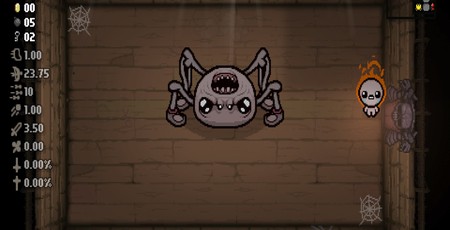
Price: £40
Developer: Nicalis
Publisher: Nicalis
Platform(s): Nintendo Switch, PS4, PC
Version Reviewed: Nintendo SwitchIt's hard to write a review of The Binding of Isaac: Afterbirth+ for the Switch. The Binding of Isaac was released in 2011, while Afterbirth + released on the PC back in January of this year. The Switch version has been available, in fact, for several months in the US.
As a result, this is a review of a game that I've been playing and enjoying for for over five years, and I've been playing it on the Switch since March. So, with several months to work out how I feel about The Binding of Isaac's Switch debut, I hope I've garnered some trust when I say that it's a phenomenal title and one of the best third-party titles on the Switch.
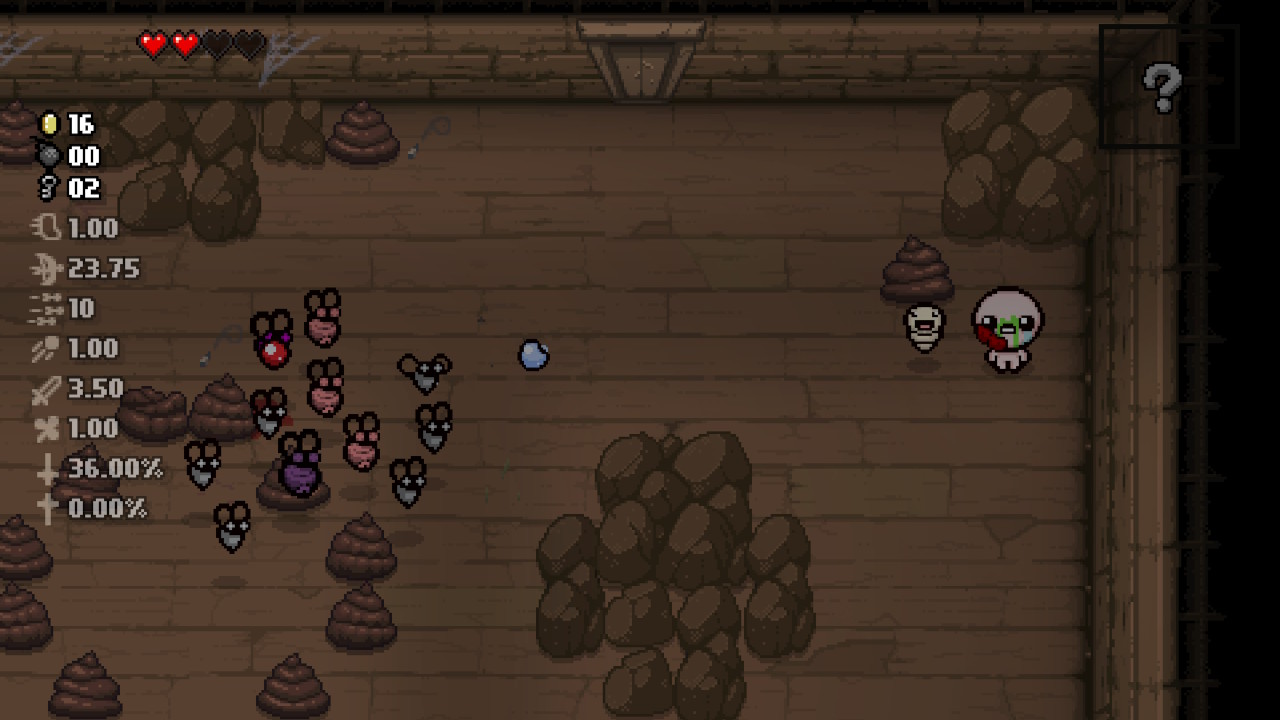
The Binding of Isaac is a top-down roguelike shooter, with players controlling the role of Isaac (and later, several other characters) as he seeks to escape the basement of his house, moving downwards through a variety of different environments, picking up powerups and blasting enemies that are mostly themed around faeces, flies, and body horror.
The tone is unfortunately one of the grimmest parts of the game and the part most likely to limit its audience. Lore-wise, it is equal parts biblical references and smart jokes combined with toilet humour and giant grinning turds. The entire game is thematically built off the back of this gross humour and even a bunch of ties to child abuse, and while it's not overtly upsetting, it sometimes just feels in poor taste at times.

Still, if you can look past this, it's one of the best twin-stick shooters on the Nintendo Switch. It's got a lot of charm to it, too. It's over-the-top body horror, but it's the cutest body horror you'll see.
Death is final in The Binding of Isaac, and it's a core part of the process. Accomplishing certain tasks in a run before dying is key for progression, and you unlock more items, characters, and gameplay elements for your feats. This is good because it means you'll often feel like you're accomplishing something in each of your earlier runs, and that adds a bit more structure to the game's cycle of rinse-and-repeat death.
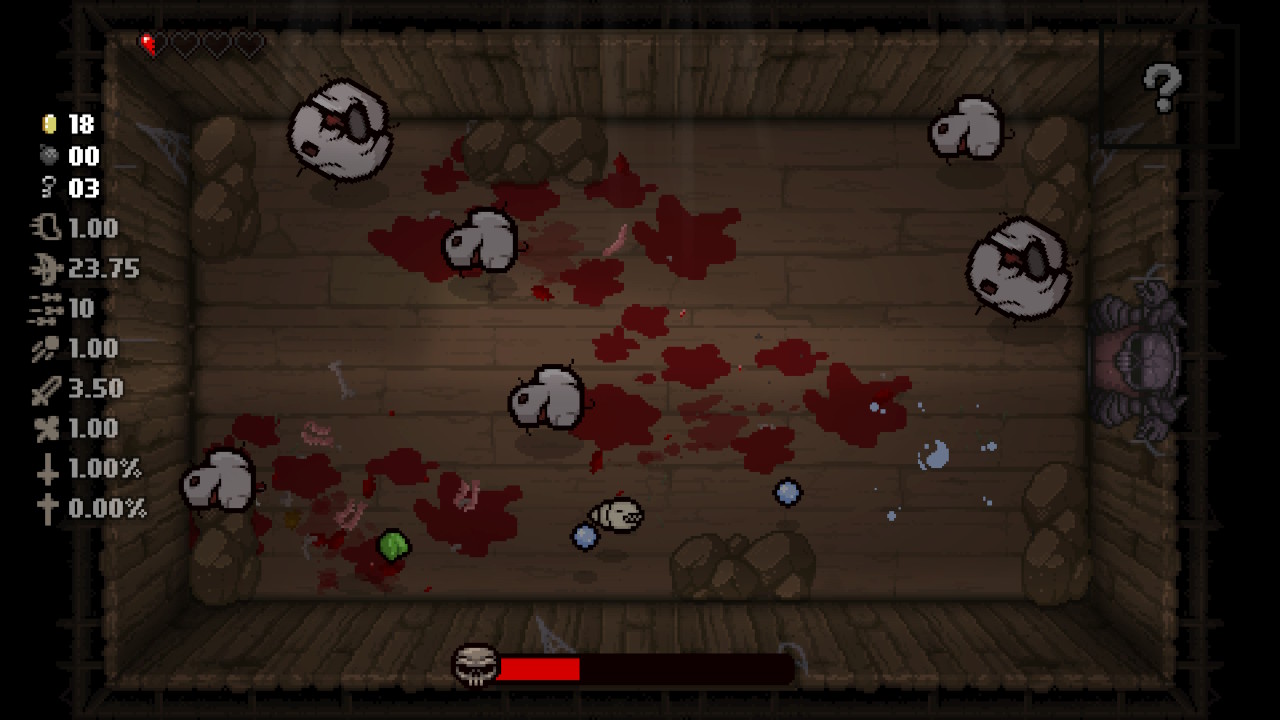
The difficulty can be brutal at times, a side-effect of the game's randomisation, which can sometimes puts you against nearly impossible challenges and other times lets you past with barely a whimper. As you achieve more in the game, it gets harder too. Beat Mom, the game's (sort of) final boss, and the game will get tougher. Next time you beat Mom you'll go on to fight Mom's heart, and then you can play through the chest or go to hell and fight Satan. It's expansive, and it means the game remains punishing even as you get better. The more you accomplish, the tougher the enemies you're fighting.
The flip side of this difficulty is that you can completely break the game with certain item combinations. Initially you start out as a naked sobbing baby, shooting tears at enemies. You can upgrade this, picking up matchsticks to make him shoot blood instead, or growing a third eye to fire glowing psychic rounds at enemies. Certain upgrades, like making each shot giant, or blasting lasers in every direction, make the entire game a complete breeze, but there's so much variety it's hard to estimate whether a run will lead to success or crushing failure. In a lot of ways, this is the draw of The Binding of Isaac and its latest expansion, and the ability to completely change the game through the items you collect is a compulsive experience.

The game has grown large in the last several years with multiple expansion packs adding new modes, items, and rooms to the mix. This means it's nearly impossible that you'll see exactly the same layout, but you will start to see familiar patterns. Sadly, the signposting in the game isn't that great, and to get the most out of your items or builds you'll need to play in tandem with a Wiki. For several players, learning the items and how they work is part of the experience, but casual players looking for a quick blast might be disheartened with how the game's item descriptions are sorely lacking and often give you very little idea of exactly what you're getting yourself into. Not every item, it bears saying, is a positive.
On the Switch it handles well. The default thumbsticks are absolutely fine for play, but one particular powerup, which lets you fire in 360 rather than the four cardinal directions, gets a bit messy. On the Pro Controller, there's not a problem there, but it's grating enough that I avoided the powerup while playing in handheld mode.
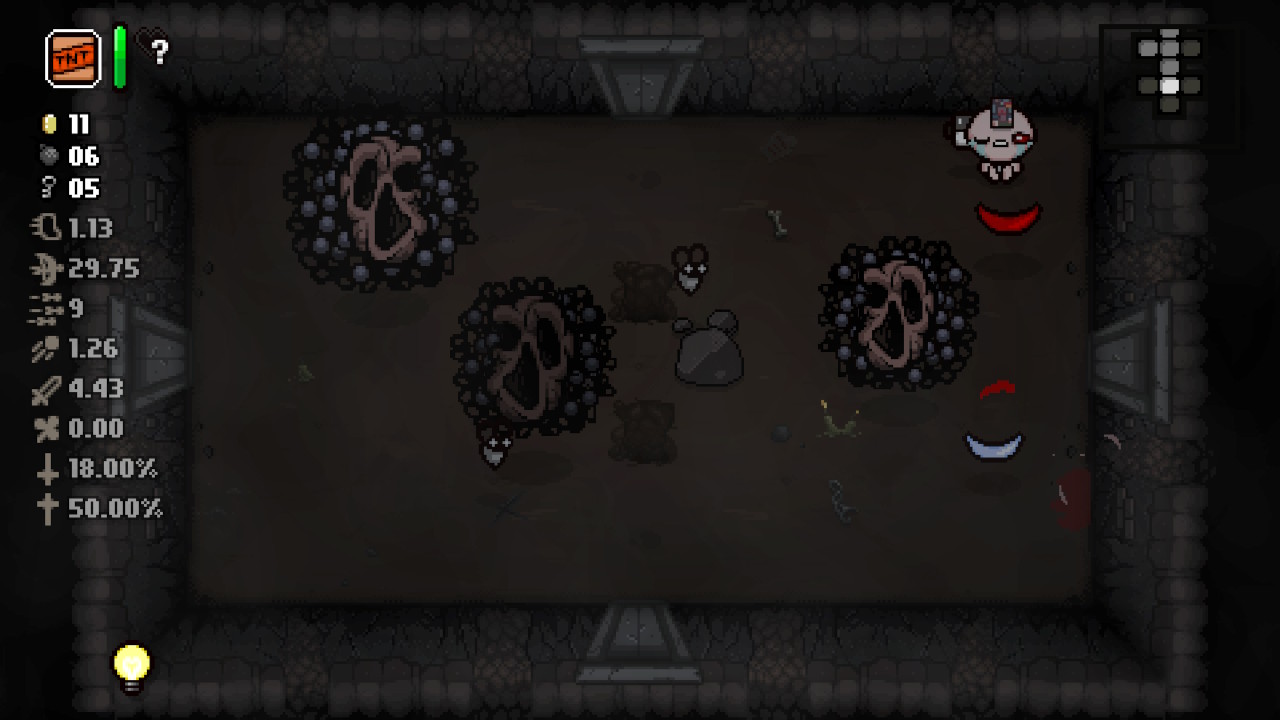
The visuals look the same as the versions on other consoles and the PC, although there are some slight performance issues, occasional hitches as you move through rooms or a momentary slowdown after an explosion tears up a screen full of rocks. This, again, seems more pronounced in handheld mode but still happens when docked. It doesn't kill enjoyment of the game, but the mobility of the Switch makes this one of the best versions of The Binding of Isaac, and it's a shame minor issues with the tech mar the experience.
The Nintendo Switch has been around for six months now and is establishing a sizeable library of titles. This stands alongside Nintendo's first-party titles as a must-own game for every Switch library; it's just a shame that the eye-watering price and the occasional technical hitch stop it from being held up as a shining example of Indie games on the Switch.
Well, that and all the poo jokes, I guess.


MSI MPG Velox 100R Chassis Review
October 14 2021 | 15:04

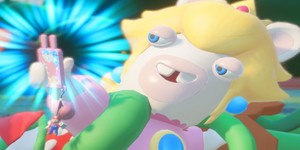







Want to comment? Please log in.